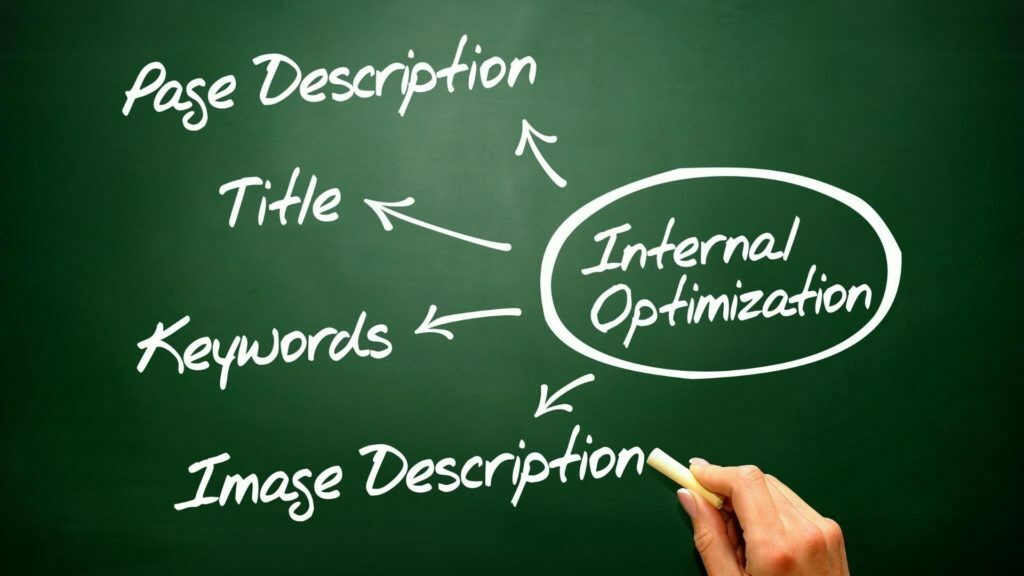One of the essential elements of a web page is images. Thanks to them, a website can capture the attention of users. That is why it becomes very important to optimize the images of a website. If the images on a web page were of poor quality or very heavy, they could cause a rejection of the website by the users and, probably, the brand.
But how important is image optimization? Why optimize them? What is the best way to optimize images? The answers to these questions will be resolved below.
Why is it important to optimize the images of a website?
Contents
There are three main reasons why we should optimize the images of our web portal:
Web Positioning SEO
Loading speed is important for achieving good web positioning, but what does this have to do with the image? Well, a lot. If an image is too large, the load will be slow, and Google does not position slow pages well.
Conversions
A page that only has text will make it very boring. Therefore, attractive images with good content will allow the user to feel more comfortable navigating within it.
Brand Image
A pixelated image will convey little seriousness on the part of the brand that implemented it, so it is advisable to check the quality of these images before uploading them and implementing them on the website.
How can I optimize the images on a website?
Select a suitable type of archive
- To get started, there are three main file types:
- The first is PNG. This is used more in images that have geometric and flat-colored figures. It serves more as a logo.
- The second is JPG. It is used as a universal format. For any picture, colors are not lost if compressed.
- Finally, there is the GIF format. It is mostly used for short animations, but most lose quality.
- Knowing the above formats, it is now the decision of the brand to choose the one that suits it best.
- For the choice, it is advisable to consider the sizes that will be needed and the density of information that will be published, among other aspects.
Define the city.
Most programs to optimize images, such as Pixlr, allow users to choose the quality. However, saving a higher quality one does not always bring the results we expect because, being of optimal quality, it weighs more, and, therefore, the loading of the page becomes slower.
Save images with simple names.
Among other examples, we should never do this if we want to position a website.
When you upload the images to the virtual platform, they are automatically saved like this, and if a person is looking to download them on a different platform, they will see how they were saved. Therefore, if you are a serious page, it is better to consider the names before uploading them.
Add descriptions or titles.
This information is very important for Google to optimize your page. It is primordial that what is written there is clear because it is the meta-information, which depends on achieving good web positioning.
Compress images without altering the quality.
Controlling the weights and sizes of the images is another critical factor in website positioning. Therefore, the compression of the images is essential, but yes, you must compress the images without harming the quality. To do this, there are a good variety of tools that can help you optimize your images, among which are TinyPNG, Compressor.io, Kraken, and Compressor.io, among others.
Additional recommendations
Make sure that the size is adequate so that it does not look ostentatious or cover the entire page.
The size has to be indicated so that the image can be seen on any device.
CONCLUSION
Now that you have a little better understanding of how important it is to optimize images on your website to achieve a good user experience and be positioned in the first places of search, you can start applying these techniques to obtain better results for your web positioning. But, if you want to expand the subject even more, you could take courses in Web Positioning.
Read More: How to Take Pictures of Clothes Without Mannequin
